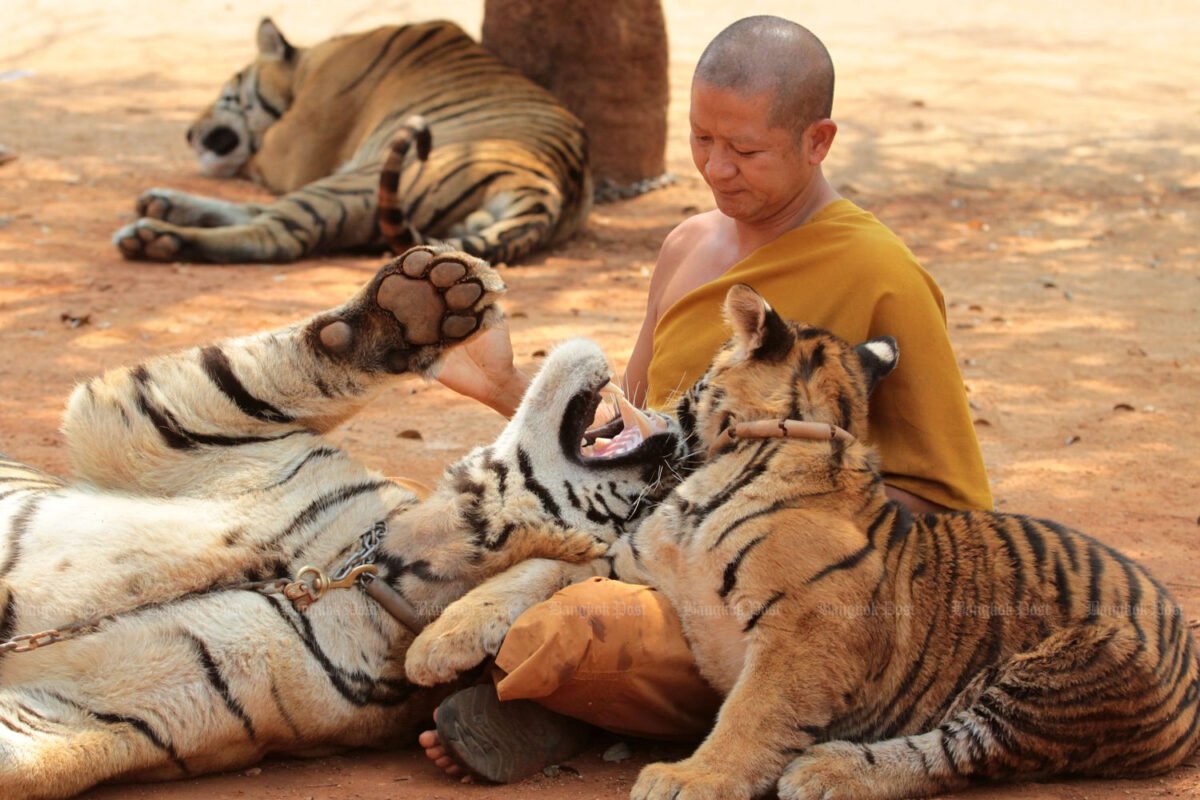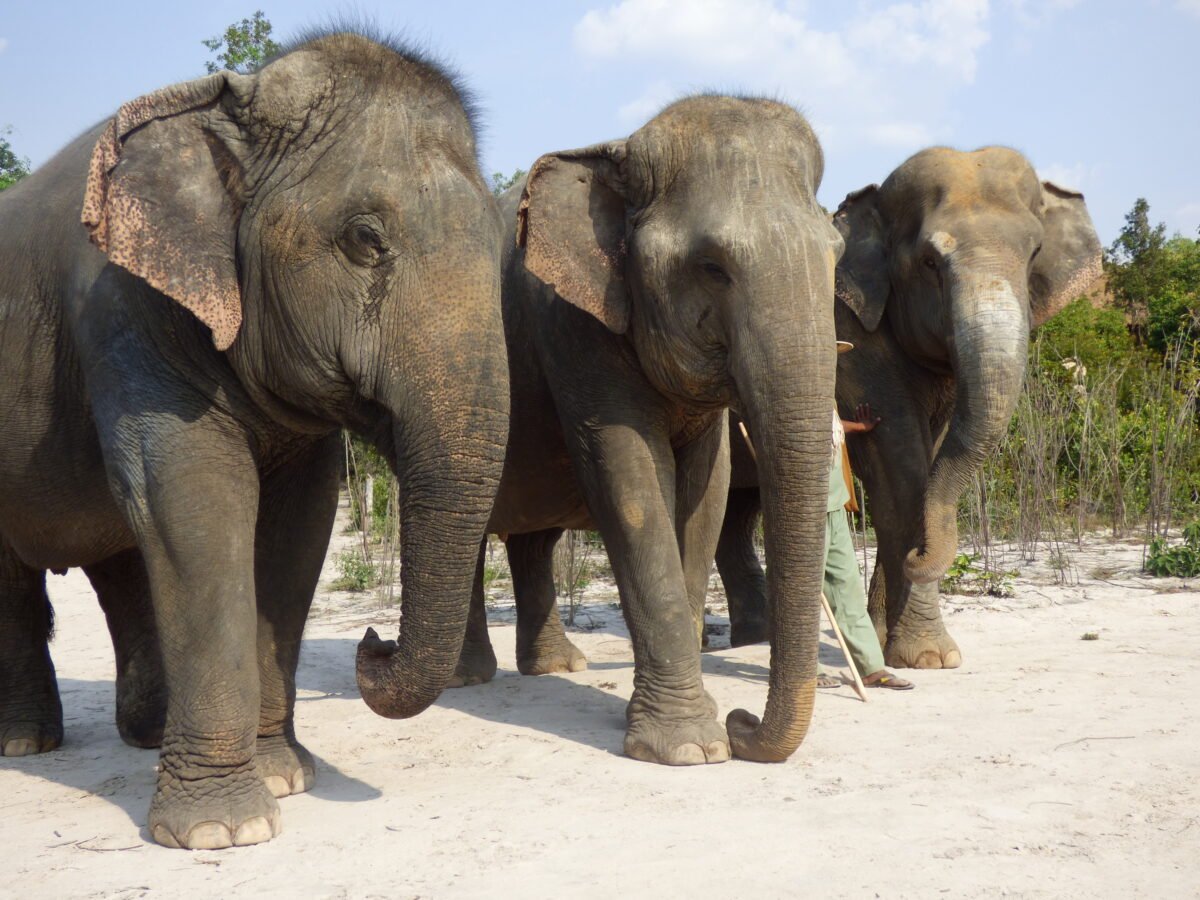-
Buddhism, monks and mixed messages on animal compassion.

Buddhism is viewed by most people as an animal friendly and compassionate religion and therefore it came as shock to many when in the last few years Buddhist monks have been heavily criticised for their alleged involvement in wildlife smuggling and operating petting zoos in their temples. They have been accused of surrendering to contemporary…
-
In the company of the Kulen Forest elephants.

I recently had the great pleasure to meet and spend the day with a group of fourteen Asian elephants at the Kulen Elephant Forest in Cambodia, a new retirement sanctuary for the Angkor Wat elephants who spent most of their lives giving tourist rides round the temples. Wild elephants are rapidly declining in Cambodia with…